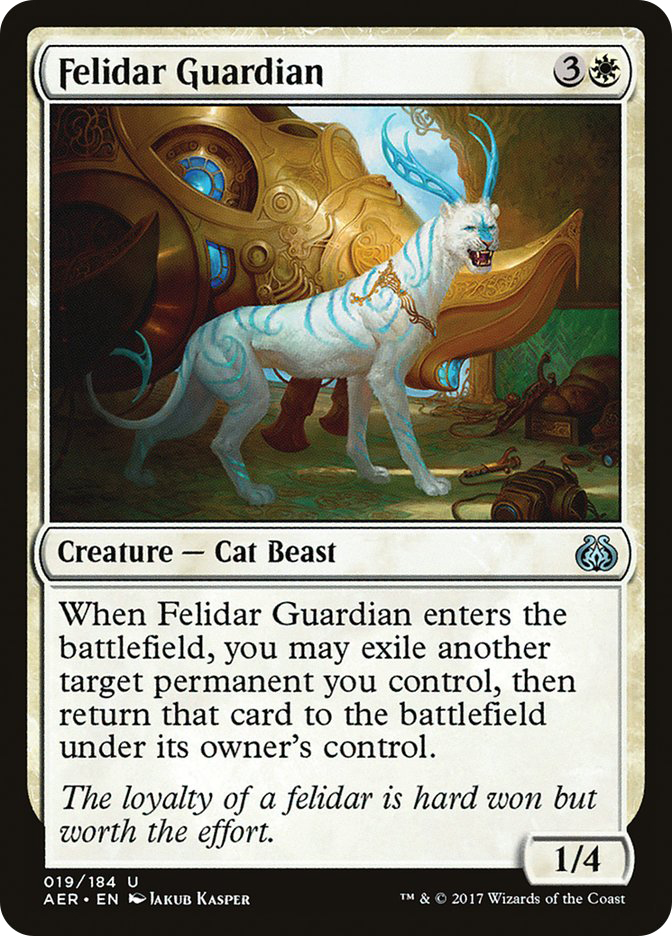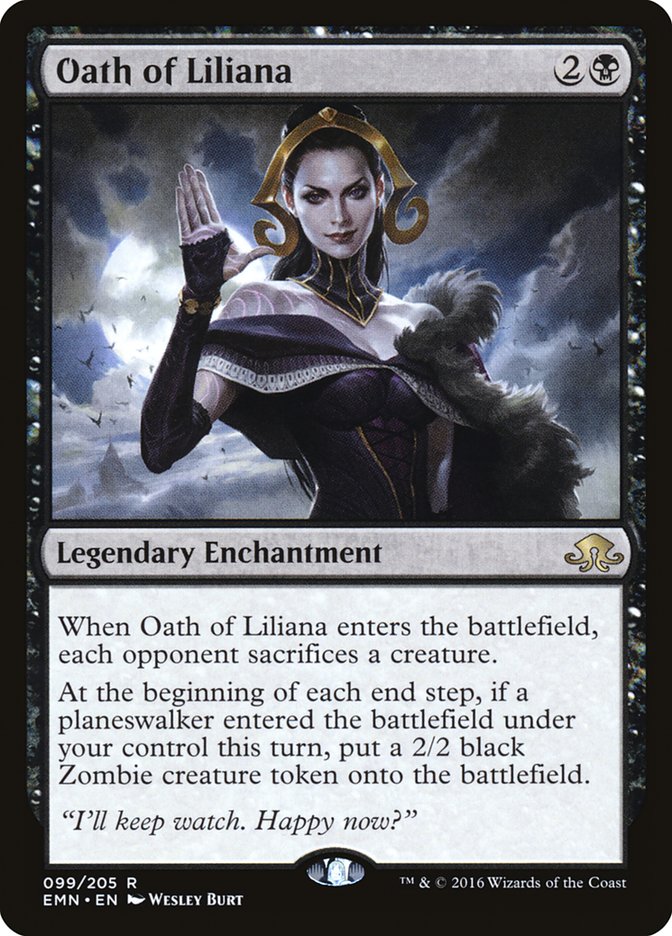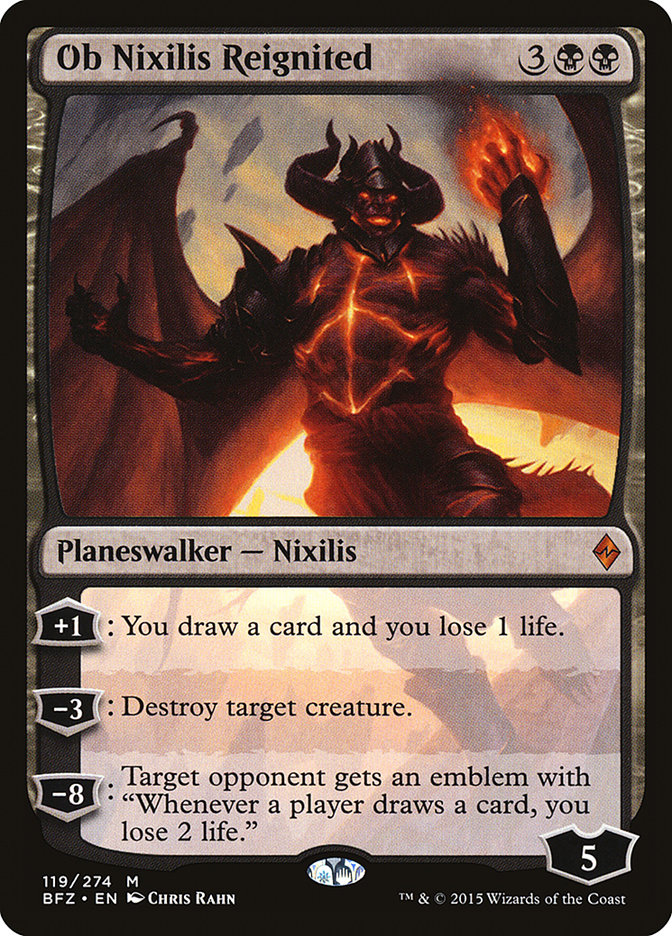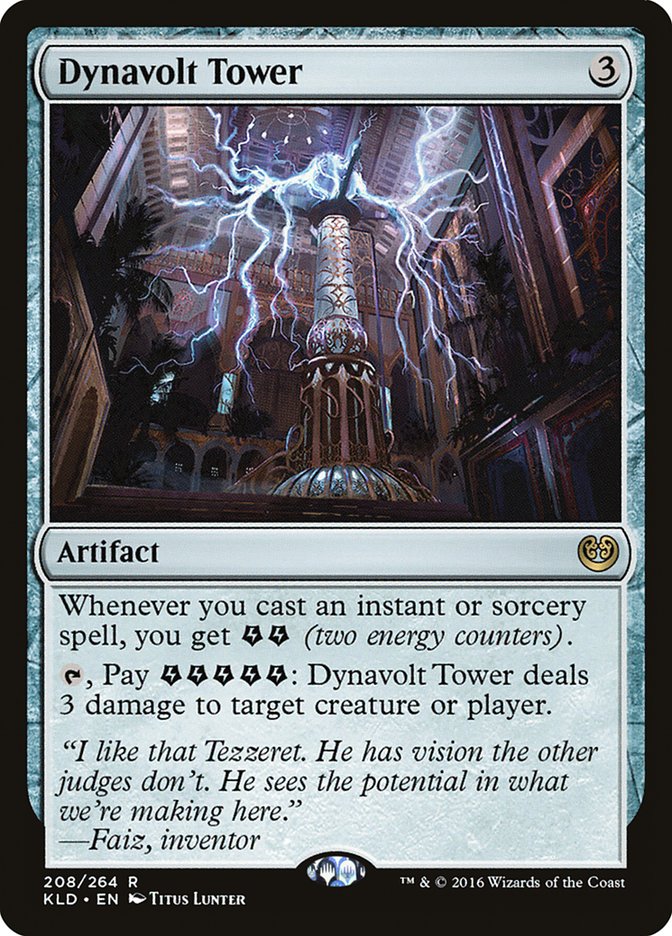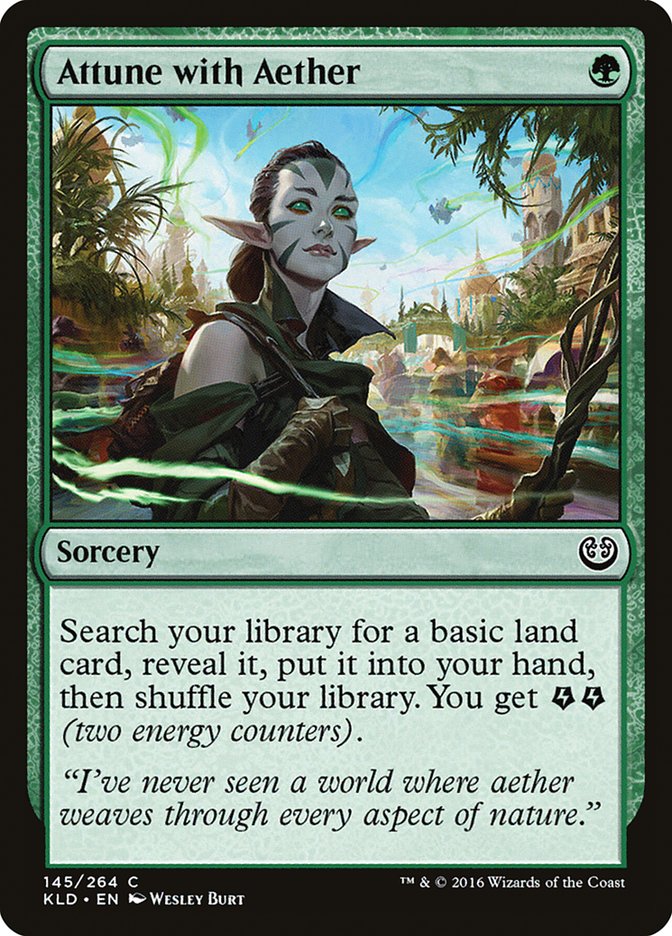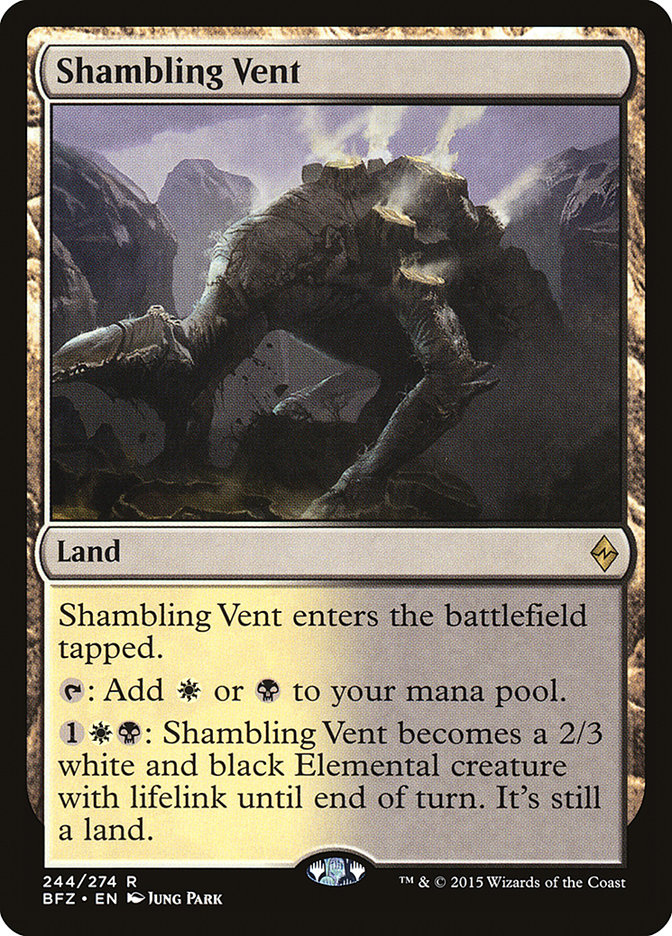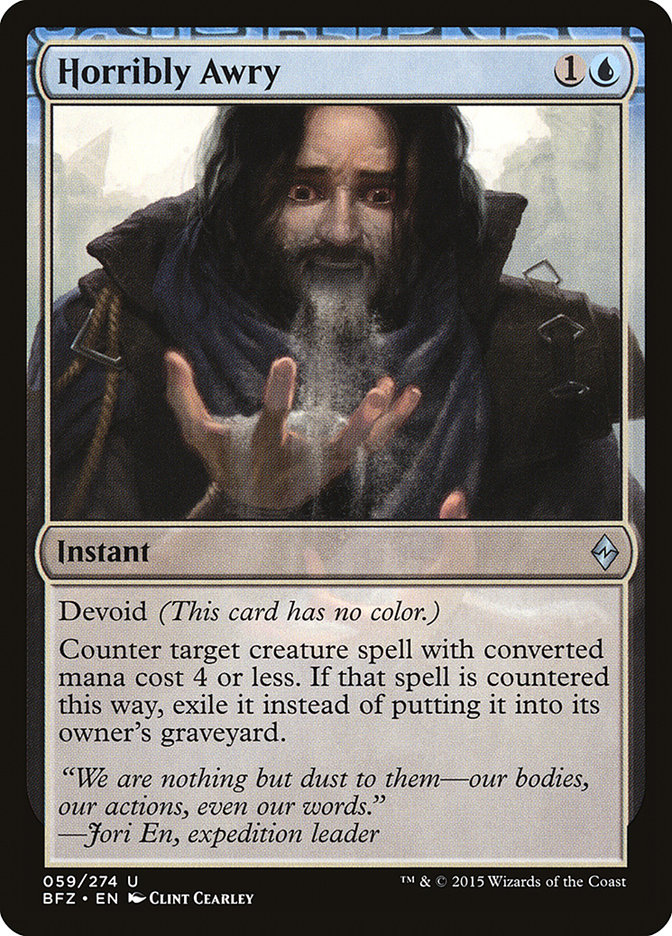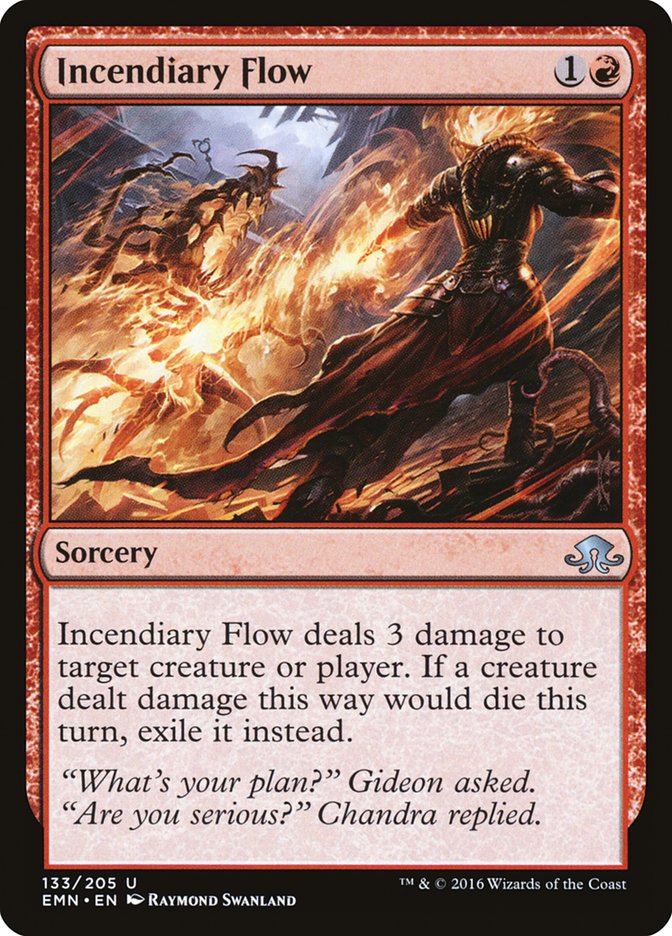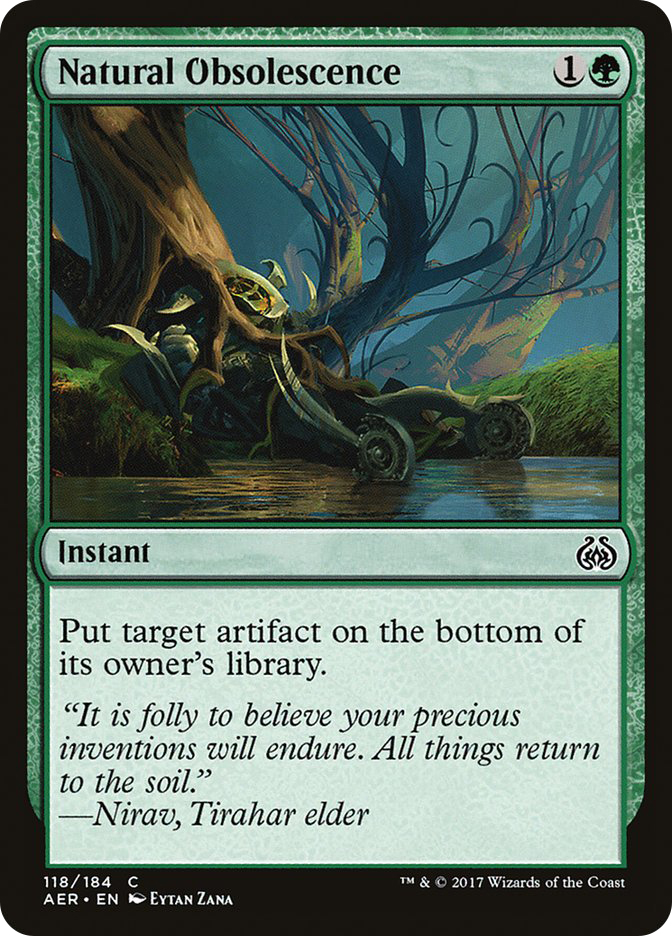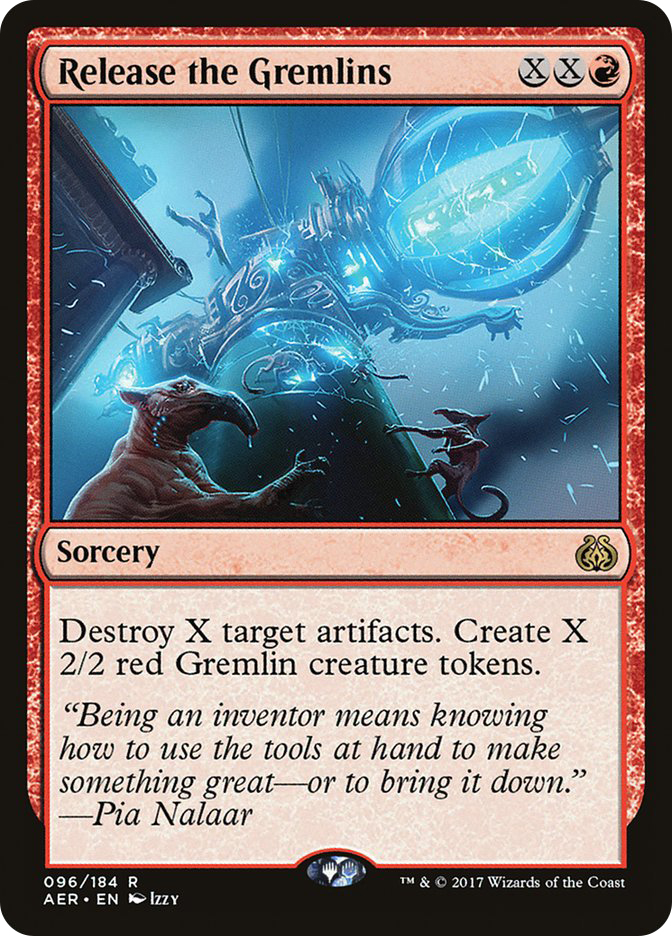When Wizards of the Coast banned Emrakul, the Promised End; Smuggler’s Copter; and Reflector Mage a few months ago, it was both shocking and expected at the same time.
Standard had been a wreck, and while banning cards in Standard is extremely rare, it seemed fitting in this scenario. Emrakul, the Promised End was ending almost every game in the format, and massively invalidating most of what happened in games.
However, the banning itself was not the only interesting turn of events. They also announced this:
“Banned and Restricted announcements will now be made both on the Monday after Standard-legal set Prereleases and five weeks after a Pro Tour, also on a Monday.”
This updated and more frequent look at the Banned and Restricted list, coupled with how Wizards has handled Modern over the last few years, led to the feeling that Wizards was going to be more liberal with banning cards in Standard. Results pour in faster than ever these days, with Magic Online, Grand Prix, and the SCG Tour constantly running events.
As such, with Standard currently mired in one of the most limiting two-deck formats in years and an admitted mistake in Felidar Guardian, a banning on Monday seemed logical. Players attempted to be proactive and sell their copies of Saheeli Rai and Gideon, Ally of Zendikar before the banning, as it felt like something had to change.
Announcement Date: March 13, 2017
No changes to any format.
Just kidding.
I know people aren’t happy about there not being any bannings this go-round, but I am fine with it. There aren’t that many relevant Standard events before Amonkhet, and I’d hope the new set will shake things up. Also, having two separate bannings in the same Standard format is almost unprecedented. Not only does it look very bad for Wizards of the Coast and for the game as a whole, but it sets a dangerous precedent that Wizards is going to use bannings to regulate their formats rather than good design, and that a player’s investment in top cards is not safe.
Either way, Gideon and Saheeli Rai are here to stay, which means we’re playing either Mardu or Four-Color Saheeli until Amonkhet, right?
Not so fast!
It may be difficult to believe, but there are actually other decks putting up results besides the big two. You just need to dig a little deeper to find them.
Creatures (24)
- 4 Sylvan Advocate
- 3 Tireless Tracker
- 2 Gonti, Lord of Luxury
- 4 Verdurous Gearhulk
- 4 Winding Constrictor
- 3 Rishkar, Peema Renegade
- 4 Walking Ballista
Planeswalkers (3)
Lands (25)
Spells (8)

Newly minted Team MGG member and good friend Frank Skarren has back-to-back win-and-in losses with B/G Constrictor at the last two Grand Prix, which is quite the impressive run in a two-deck format. I played Frank’s list to the Top 8 of the Classic at SCG Baltimore a few weeks ago and there’s no denying the power in the archetype.
Rather than play one of the two big decks in the format, Frank decided to stick to his guns and adapt to the huge amounts of Mardu Vehicles and Four-Color Saheeli rather than join them. Familiarity with your deck is a powerful tool, but even more important than that is being able to understand matchups and how they play out.
The Mardu Vehicles matchup was once considered favorable, but they adapted to the plan of taking out the creatures weak to Walking Ballista and sideboarding in a suite of planeswalkers, removal, and other larger midrange elements. Frank just chose to adapt accordingly, returning the favor by sideboarding in Ruinous Path, Transgress the Mind, and other midrange elements. Depending on how far your Mardu opponent sideboards down on aggression, it can even be correct to leave your copies of Natural Obsolescence in the sideboard. It’s important to sideboard against the deck your opponent is going to be bringing to the table for Games 2 and 3, not against their maindeck plan.
A brief sideboard guide from Frank:
Four-Color Saheeli, on the Play
In:
Out:
Four-Color Saheeli, on the Draw
In:
Out:
Magic players are notoriously fickle. Just because a deck falls off the radar a bit does not necessarily mean that it’s no longer viable. Often adaptation is necessary, and adapting is usually harder than just picking up the new hot deck.
B/G Constrictor is still a player.
Creatures (4)
Lands (22)
Spells (34)

Creatures (4)
Lands (26)
Spells (30)

Creatures (4)
Planeswalkers (3)
Lands (26)
Spells (27)

When players like me and Shaheen Soorani are putting down their copies of Torrential Gearhulk, you know control decks are not in a good place. However, some have kept the faith, and there was an interesting variety of control decks on display at the top tables of both #GPNJ and the Classic at #SCGDFW. They were various colors and builds, but all had one thing in common:
Dynavolt Tower everywhere!
Dynavolt Tower was a mainstay of the U/R Dynavolt decks that were popular at Pro Tour Aether Revolt, but is not often seen in other control decks. When viewing the format, however, it begins to make a lot of sense.
An active Dynavolt Tower on the battlefield effectively neuters the Saheeli Rai combo, even if you are tapped out. Add to it the ability to control both creatures and planeswalkers and Dynavolt Tower looks quite good. Planeswalkers, especially Gideon, Ally of Zendikar, are among the major factors holding control decks back, and if control decks try to play too many counterspells and Negates to answer them, they succumb to the format’s many early creatures.
Seth Manfield’s Temur Dynavolt deck is the format’s evolution of the U/R Dynavolt deck, and it looks much more like the U/R lists than the Shouta Yasooka-inspired version of the deck with Shielded Aether Thief and Rogue Refiner. Seth even has a Confirm Suspicions!
Austin Mowery’s Top 8 deck from the Classic swaps out the green splash for a white one, giving access to some of white’s removal spells and Fumigate. While Jeskai Saheeli has mostly fallen out of favor, your opponent will have to respect the fact you could be playing the combo for at least a while, which can give you a nice edge.
Last, Andrew Davis’s Esper Control deck looks like it was taken right out of Shaheen Soorani’s notebook. With much less of an energy subtheme, he only has two copies of Dynavolt Tower and is much more planeswalker-focused. Of the three decks, this is the one that seems most suspect, as the Harnessed Lightning / Dynavolt Tower package is a must in control decks if they are to survive in the current format.
Horribly Awry has been a card that I’ve been happy to play a copy or two of in my control decks, and Seth takes it even further with a trifecta of them, while Austin gets away with only two. When both major decks in the format are full of cheap creatures, a Remove Soul proxy is a very solid counterspell in the early game. You must prevent your opponent from building a battlefield on the early turns of the game, and stopping cards like Veteran Motorist and Rogue Refiner from gaining any value is a huge plus.
Dealing with Scrapheap Scrounger is also a major concern, and one that Horribly Awry does a reasonable job at containing. Both Seth and Austin also ran a copy of Incendiary Flow, which also provides another answer to Scrapheap Scrounger.
It would appear control is not completely dead, but if you want to sleeve up Torrential Gearhulk, you should be packing Dynavolt Tower to go along with it.
Creatures (22)
- 2 Tireless Tracker
- 4 Longtusk Cub
- 4 Voltaic Brawler
- 4 Bristling Hydra
- 4 Electrostatic Pummeler
- 4 Servant of the Conduit
Lands (20)
- 10 Forest
- 4 Mountain
- 2 Game Trail
- 4 Aether Hub
Spells (18)

I’d be lying if I said I knew how Josh Newell won the Sunday Classic last weekend with G/R Energy, but the hardware speaks for itself. Already a fairly fringe deck, G/R Energy’s biggest claim to fame so far is winning the SCG Players’ Championship last year in the hands of Joe Lossett, but it did so by preying on a field full of mostly uninteractive Aetherworks Marvel decks. Joe’s deck was a perfect foil to the Players’ Championship field, but in a field of removal spells, Walking Ballista, aggression, and Saheeli Rai combo, it seems odd that G/R Energy could navigate successfully.
Still, Josh was able to do it, so it’s worth examining.
Against Four-Color Saheeli, Josh may be on to something. Barring four Harnessed Lightning and a couple of copies of sorcery-speed Oath of Chandra and Chandra, Torch of Defiance, Four-Color Saheeli doesn’t really interact very well. It’s good at gaining value and putting creatures and planeswalkers onto the battlefield, but that’s not something G/R Energy cares a whole lot about. With the trample provided by Larger Than Life, Rush of Adrenaline, and Invigorated Rampage, breaking through Four-Color Saheeli’s ground defenses seems reasonable.
The Mardu Vehicles matchup, however, seems rather suspect. Not only do they come out of the gates faster with a bevy of one-drops, bigger base stats, and Gideon, Ally of Zendikar, but they also have a suite of instant-speed removal spells. Furthermore, many Mardu Vehicles decks have moved to playing four Walking Ballista maindeck, a card that is a nightmare for Electrostatic Pummeler.
Josh seemed well aware of this deficiency and packed three Natural Obsolescence and two Release the Gremlins in his sideboard to help shore up the matchup.
Breaking the Rule of Two
In such a limited two-deck format, there can be a lot of value in breaking from the mold. Players are so concerned with their mirror matches that they often forget other decks even exist, and because the top two decks’ plans are so clear and well-known, it’s not difficult to metagame for them.
We’ve been seeing these same Mardu Vehicles and Four-Color Saheeli decks for weeks now, and their maindeck and sideboard strategies are very well known at this point. Being able to use that knowledge and tune your rogue deck to beat them is a very valuable skill. Even if your deck is a little worse in a vacuum than the two big decks, you can make up for those percentages and more with intimate knowledge of your deck and good solid plans for each matchup.
The enemies are known. All that’s left is to figure out how to topple them.






